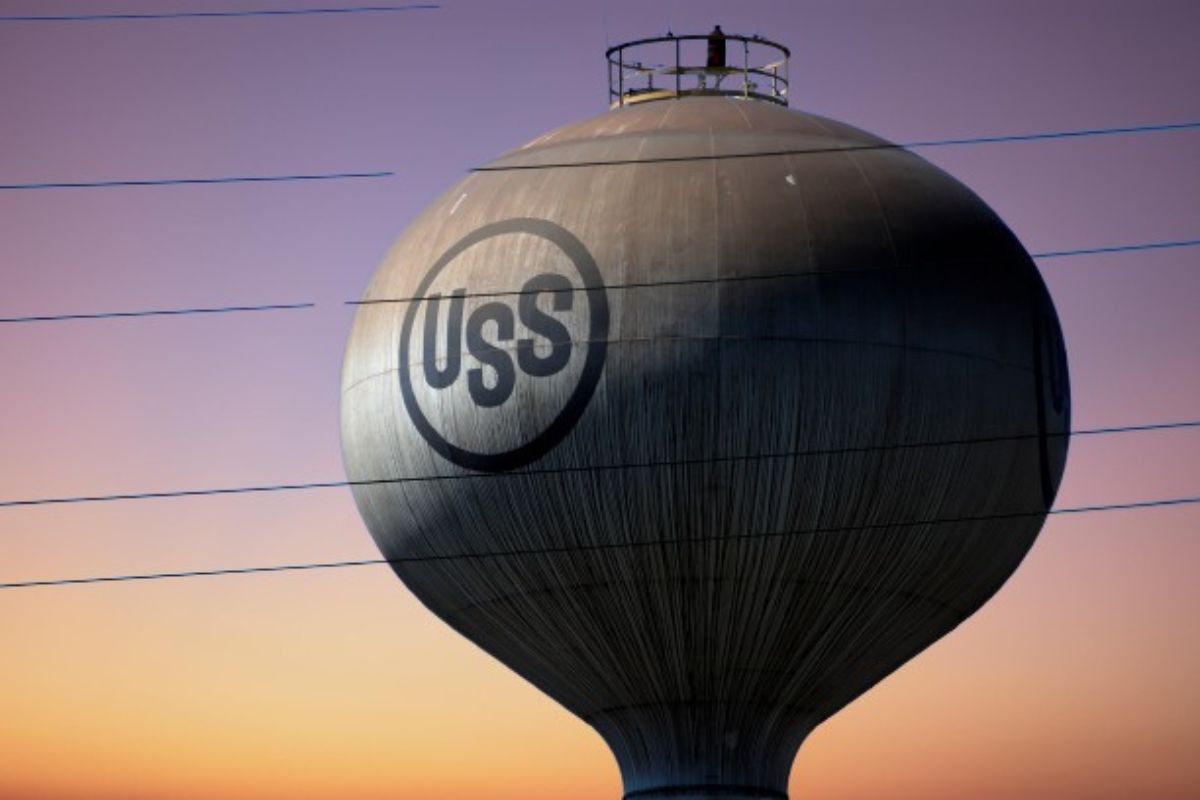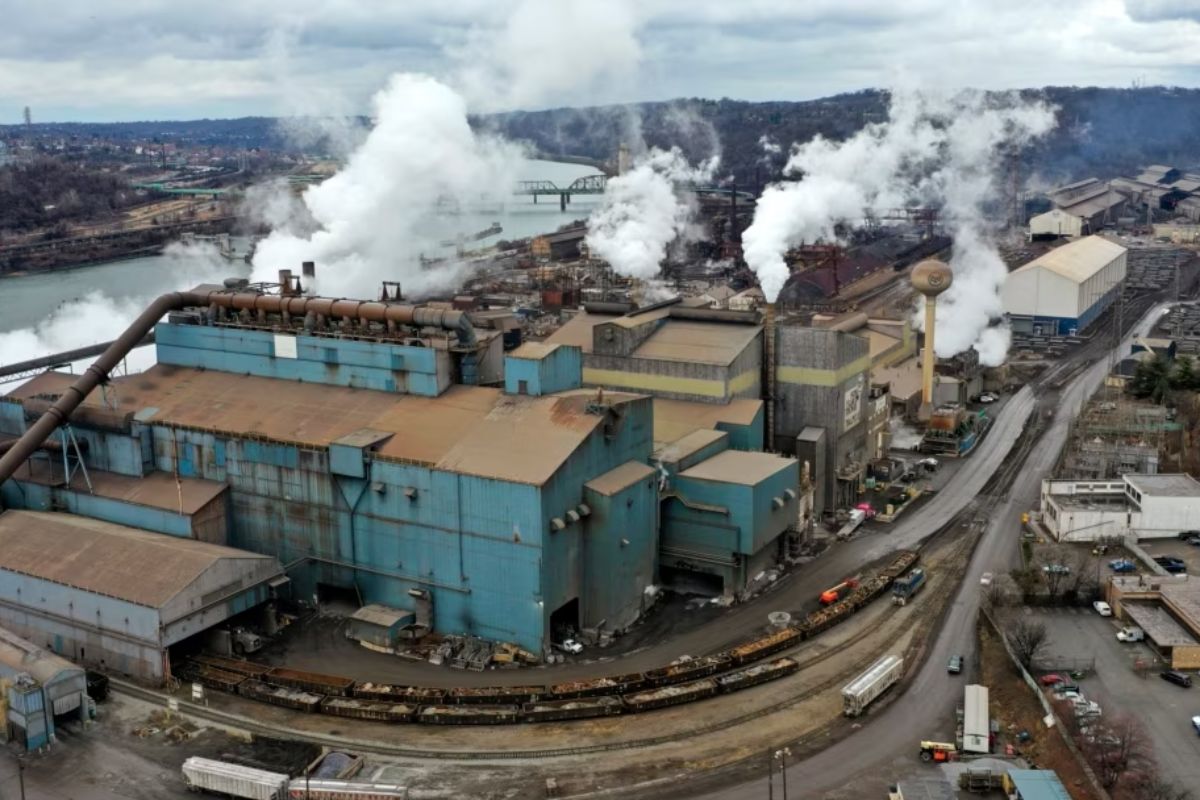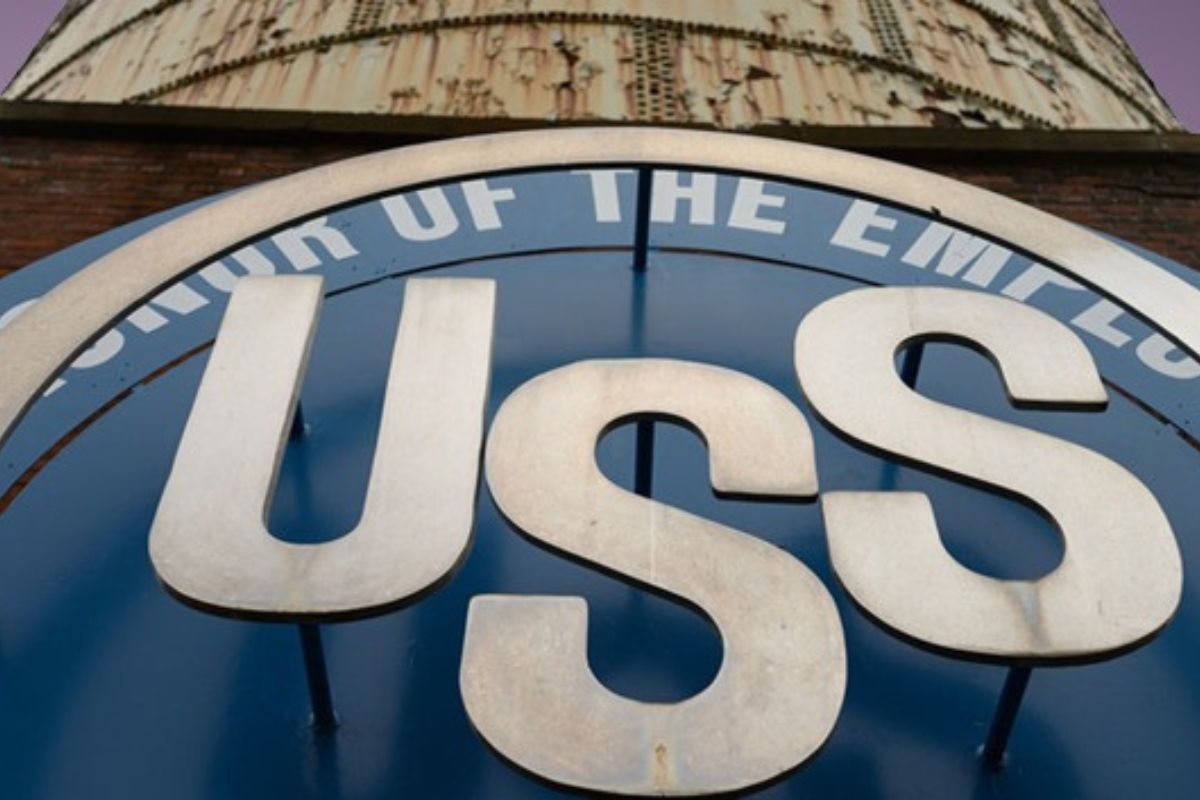Nippon Steel’s Leadership Shift: In the ever-evolving landscape of the global steel industry, Nippon Steel’s recent leadership shift has sparked both intrigue and speculation. With the appointment of Eiji Hashimoto as CEO and Chairman, the company seems determined to make waves in its pursuit of a potential U.S. steel deal. This strategic maneuver has not come without controversy, as it faces scrutiny from both critics and the White House.
However, as Hashimoto takes the helm, one cannot help but wonder what restructuring measures and global expansion plans he will bring to the table. The reinstatement of CEO and COO titles also raises questions about the company’s strategic organizational adjustments and its overall direction moving forward.
With the stage set for an ambitious pursuit, the world watches with bated breath to see the outcome of Nippon Steel’s audacious move.
Key Takeaways
- Appointment of Eiji Hashimoto as CEO and chairman showcases commitment to leadership continuity during critical growth phase
- Tadashi Imai assumes roles of president and COO, highlighting commitment to decarbonization and sustainability
- Planned acquisition of U.S. Steel by Nippon Steel faces significant criticism and scrutiny
- Hashimoto implements significant restructuring measures and focuses on global expansion to drive growth and resilience
Leadership Transition: Nippon Steel Appoints Eiji Hashimoto as CEO and Chairman
Nippon Steel has made a strategic move by appointing Eiji Hashimoto as the CEO and chairman, showcasing their commitment to maintaining leadership continuity during a critical phase of the company’s growth. This decision comes at a pivotal time for Nippon Steel as they navigate significant initiatives, including the finalization of their $14.9 billion takeover of U.S. Steel.
By appointing Hashimoto, Nippon Steel is demonstrating their confidence in his ability to steer the company towards success. Hashimoto’s extensive experience in the industry, coupled with his proven leadership skills, make him an ideal candidate for this role.
This move is not only a testament to Nippon Steel’s dedication to strong leadership, but also an indication of their determination to overcome challenges and achieve their strategic goals. With Hashimoto at the helm, Nippon Steel is poised for continued growth and success in the global steel market.
Also Read: White House Raises Red Flags Over Nippon Steel’s $14.1 Billion US Steel Purchase
Decarbonization Focus: Tadashi Imai Takes the Reins as President and COO
With a strong focus on decarbonization and sustainability, Nippon Steel continues to drive its agenda forward as Tadashi Imai takes on the roles of president and chief operating officer (COO). This leadership transition highlights the company’s unwavering commitment to addressing the pressing issue of climate change and reducing its carbon footprint.
As Imai assumes his new positions, Nippon Steel can expect to see significant advancements in its decarbonization efforts. Here are four key factors that will shape Imai’s approach:
- Accelerating research and development: Imai will prioritize the development of innovative technologies and processes that reduce carbon emissions in steel production.
- Strengthening partnerships: Collaborating with other industry leaders and stakeholders will be crucial for implementing sustainable practices and achieving decarbonization goals.
- Implementing green initiatives: Imai will spearhead initiatives to promote energy efficiency, waste reduction, and the use of renewable energy sources in Nippon Steel’s operations.
- Engaging with policymakers: Imai will actively engage with policymakers to advocate for supportive regulations and incentives that facilitate the transition to a low-carbon economy.
Imai’s appointment as president and COO signals a bold step towards a greener future for Nippon Steel and the steel industry as a whole.
U.S. Steel Acquisition: Facing Criticism and White House Scrutiny
The planned acquisition of U.S. Steel by Nippon Steel, amounting to $14.9 billion, has faced significant criticism and scrutiny from the United Steelworkers union, lawmakers, and the White House. This backlash stems from concerns over the potential impact on American jobs and national security. The United Steelworkers union argues that the deal could lead to job losses and a decline in worker protections.
Lawmakers are also skeptical, questioning the long-term implications of allowing a foreign company to control a major American steel producer. The White House has heightened its scrutiny of the acquisition, given the strategic importance of the steel industry and concerns about protecting domestic interests. Nippon Steel must address these concerns and provide reassurances to overcome the opposition and secure approval for the deal.
| Criticisms | White House Scrutiny |
|---|---|
| Potential job losses | Impact on national security |
| Decline in worker protections | Strategic importance of the steel industry |
| Foreign control of a major American company | Protecting domestic interests |
Hashimoto’s Leadership: Restructuring Measures and Global Expansion
President Eiji Hashimoto’s bold and proactive leadership has been marked by the implementation of significant restructuring measures and a strategic focus on global expansion. His track record showcases a commitment to tackling industry challenges head-on and seizing opportunities for growth. Here are some key highlights of Hashimoto’s leadership:
- Closure of domestic mills: Hashimoto’s restructuring measures included the difficult decision to close domestic mills, demonstrating his willingness to make tough choices in order to optimize operations and improve profitability.
- International investments: Under Hashimoto’s leadership, Nippon Steel has made major investments abroad, such as the acquisition of two Thai steelmakers and a stake in the coking coal unit of Canadian miner Teck Resources. These moves demonstrate a strategic focus on global expansion and diversification.
- Proactive approach: Hashimoto’s leadership style is characterized by a proactive approach to industry challenges. He does not shy away from making necessary changes and taking calculated risks to position Nippon Steel for success in a rapidly evolving global market.
- Commitment to growth: Hashimoto’s emphasis on global expansion reflects his commitment to driving growth for Nippon Steel. By seeking opportunities beyond Japan’s borders, he is positioning the company for long-term success and resilience in the face of shifting market dynamics.
President Eiji Hashimoto’s leadership is defined by his willingness to make tough decisions, pursue global opportunities, and take a proactive approach to industry challenges. Through his restructuring measures and focus on expansion, he is positioning Nippon Steel for a stronger future.
Strategic Organizational Adjustment: Reinstating CEO and COO Titles
Amidst President Eiji Hashimoto’s transformative leadership, Nippon Steel has recently undertaken a strategic organizational adjustment by reintroducing the CEO and COO titles, a move intended to bolster executive authority and navigate forthcoming complexities. This decision reflects the company’s recognition of the need for strong leadership during the crucial period of pursuing the U.S. Steel deal and other planned investments.
By reinstating these titles, Nippon Steel aims to empower President Hashimoto with the necessary executive authority to effectively steer the company through the challenges ahead. This strategic move signifies a shift towards a more hierarchical structure, emphasizing clear lines of authority and accountability. It also highlights Nippon Steel’s commitment to leadership stability, ensuring that decision-making processes are streamlined and efficient. The reintroduction of these titles sends a strong message to stakeholders about the company’s determination to succeed in its expansion plans.
| CEO | COO |
|---|---|
| Clear lines of authority | Enhanced operational efficiency |
| Strong leadership | Effective decision-making |
| Streamlined decision-making processes | Improved accountability |
Conclusion Of Nippon Steel’s Leadership Shift
Nippon Steel’s leadership shift marks a significant turning point for the company as it navigates the challenges of decarbonization and pursues a controversial acquisition of U.S. Steel. Eiji Hashimoto’s appointment as CEO and Chairman brings hope for restructuring measures and global expansion, but the road ahead will not be easy.
With the reinstatement of CEO and COO titles, Nippon Steel is making strategic organizational adjustments to strengthen its position in the global steel industry.
Our Reader’s Queries
Q1 What is the largest steel company in Japan?
A The establishment of Nippon Steel Corporation traces back to the 1970 merger between Yawata Iron & Steel Co., Ltd. and Fuji Iron & Steel Co., Ltd. This corporate amalgamation positions Nippon Steel Corporation as one of the global giants within the steel industry.
Q2 What is the net worth of Nippon steel?
A A company’s valuation is commonly indicated by its market capitalization, calculated by multiplying the prevailing stock price by the total number of shares in circulation. As of January 5, 2024, Nippon Steel & Sumitomo Metal holds a net worth of $22.21 billion.
Q3 What is the capacity of Nippon steel?
A Commencing as a greenfield construction endeavor in 2007, this facility became operational in 2010. Boasting a production capacity of 5.3 million tons, it incorporates essential components such as a hot strip mill, cold roll mill, and four coating lines.




